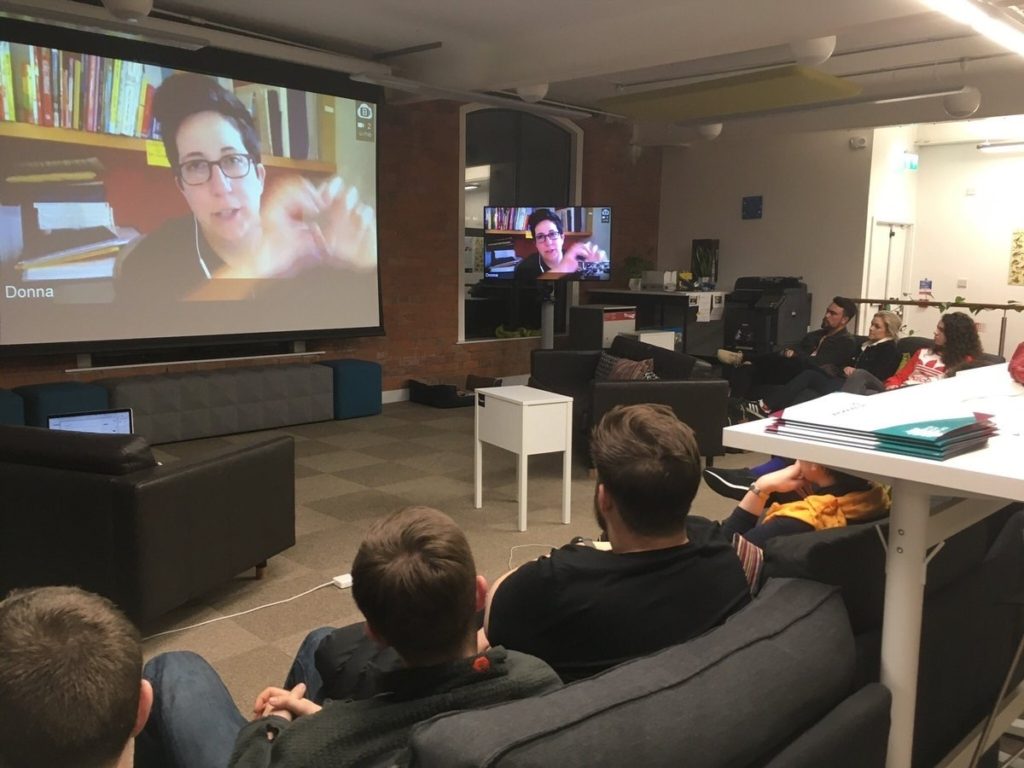One sure way to spice up any conversation around design or innovation is to note that Apple have never invented any device.
While it may be met with some resistance, the fact remains that they didn’t invent the PC, nor the MP3 music player. They are not responsible for the tablet computer, the smartphone or indeed the smartwatch. For all of their (deserved) reputation as innovators, Apple have yet to debut any mass market device that didn’t exist previously.
Given that one of the greatest innovators of our age has achieved this position by essentially coming to the market second or third with their offerings, how have they managed to achieve such a lofty status?
“In the land of the blind the one–eyed man is king” – Desiderius Erasmus c.1500
Apple’s greatest asset by far has been their fieldwork; relentlessly studying how people behave, discovering what they need – and why. They then do one of two things: either a) successfully define a problem, and apply existing technology to solve it in a superior manner, or b) identify inherent problems within existing technologies and successfully solve those.
In doing so they stimulated latent consumer needs which then triggered demand for their product. This is Apple’s genius, and this is innovation.
The company’s rare failures tend to be situations where they tried to solve problems that didn’t yet exist. As an example, the Apple Newton message pad was a tablet by any other name but it came too soon to an unprepared market. In retrospect the consumer PC market itself hadn’t yet been properly established; the public hadn’t yet come to value personal computing of any kind let alone tablet computing. For a modern-day comparison, one has to wonder whether Apple’s reported removal of the headphone jack from the next generation of iPhones is straying into just this territory.
Build a better mousetrap and the world will beat a path to your door – attributed to Ralph Waldo Emerson, c. 1889
No matter what a business or product offers, someone else has either already tried it, or is currently doing it. To innovate, you need simply to do it better than those others. And by “better” read ‘in a more customer-centric fashion’. A surprising number of founders, businesses, organisations don’t appear to have grasped this. Investing heavily in what may be incremental improvements might not set the boardroom alight, but that’s where the gold is. As with design, innovation is a process not an event. A verb, not a noun.
Correctly defining the problem is more than half the battle in product development. Putting the customer at the centre of the solution is the rest. And to any cries of “but… what about marketing??” in response to that last point, let’s answer it with a look at the banking industry.
Banks are so far behind where they should be with their services it’s tempting to be embarrassed for them. Banks are prime examples of organisations that have tried to market their way out of problems that should have been answered by simply providing better services. This approach has led banks into the unenviable position of being some of the least customer-centric businesses in the world. Millions of RBS customers unable to withdraw money from cash machines for days on end would attest to that.
The financial sector is gradually waking up to the fact that design thinking can be applied to services every bit as much as products. Design thinking doesn’t need to be the territory of the ‘big thinker’ or genius designer. It belongs to everyone on a team – including designers.
Of course everyone wants to innovate. And innovation can be managed through a pragmatic process of observation, competitive benchmarking and incremental improvement. Just ask Apple.
This post first appeared on the FATHOM_ blog.



